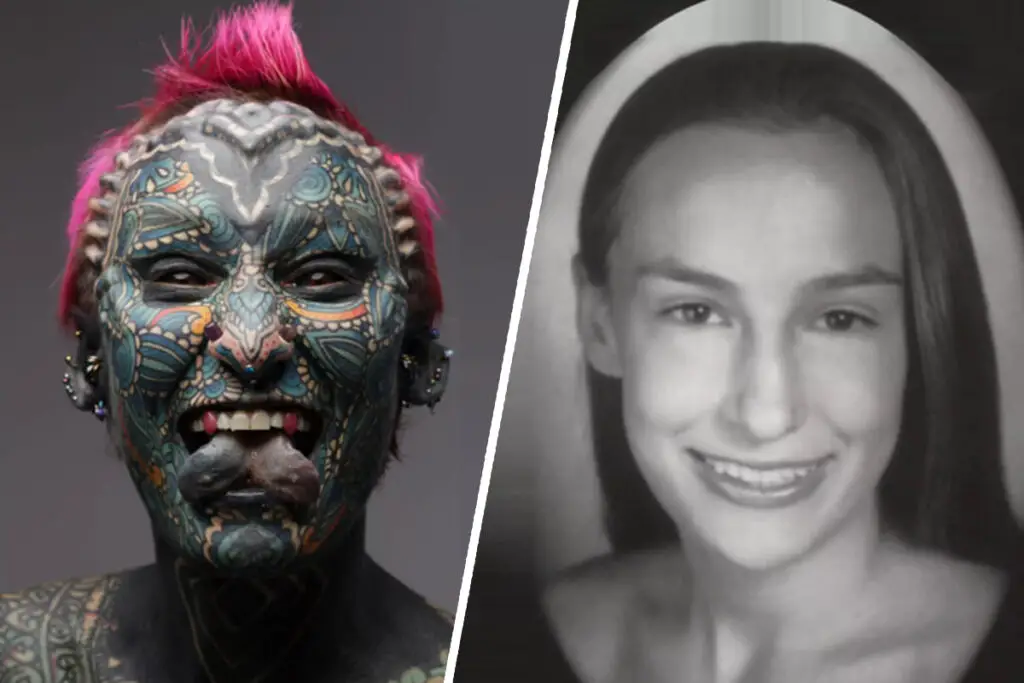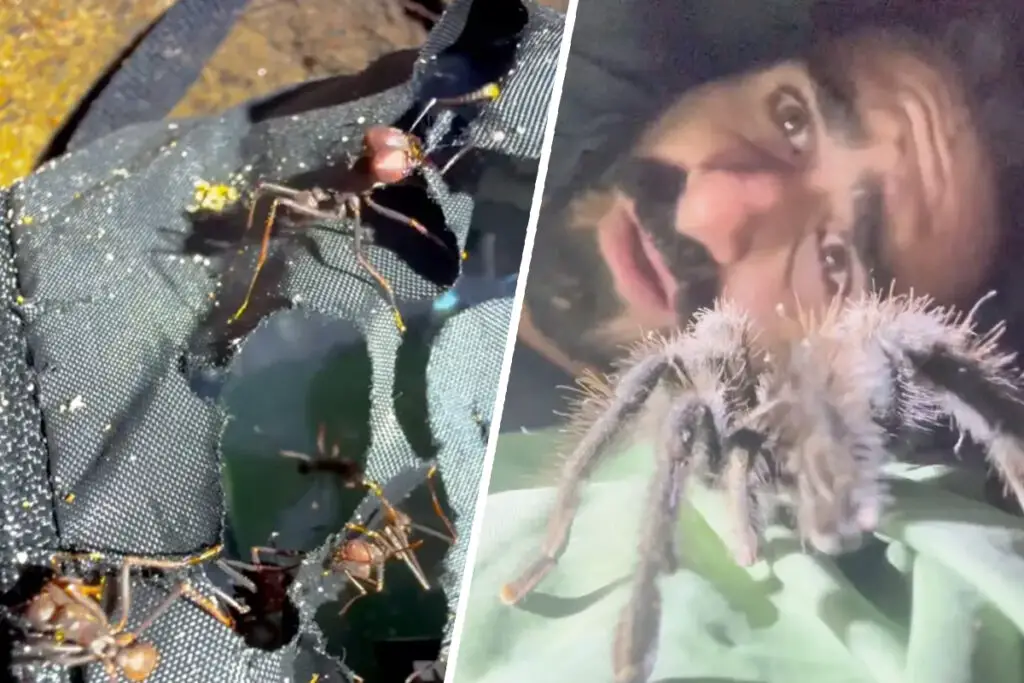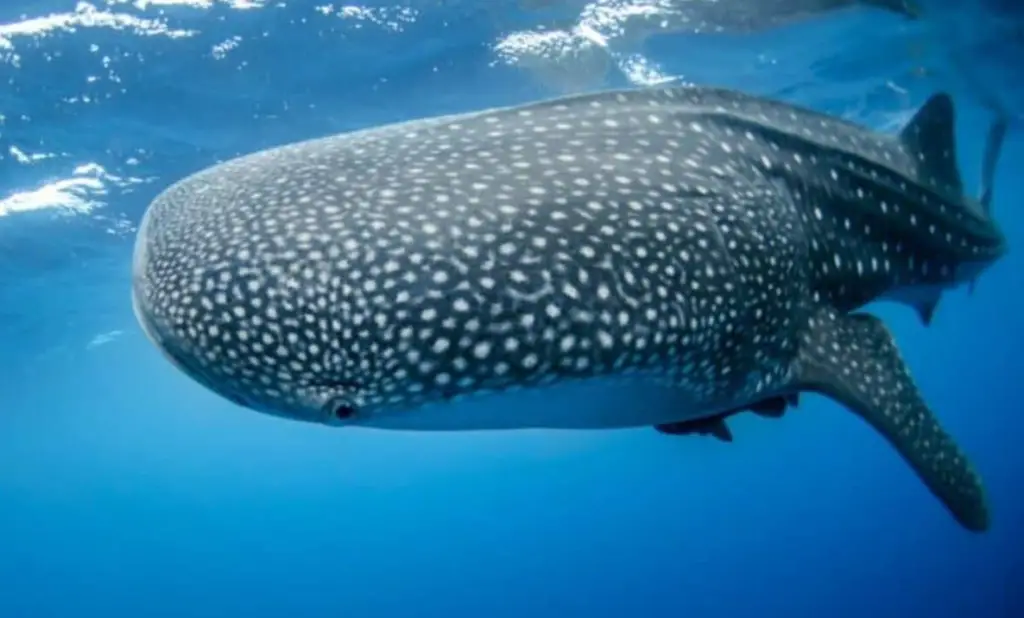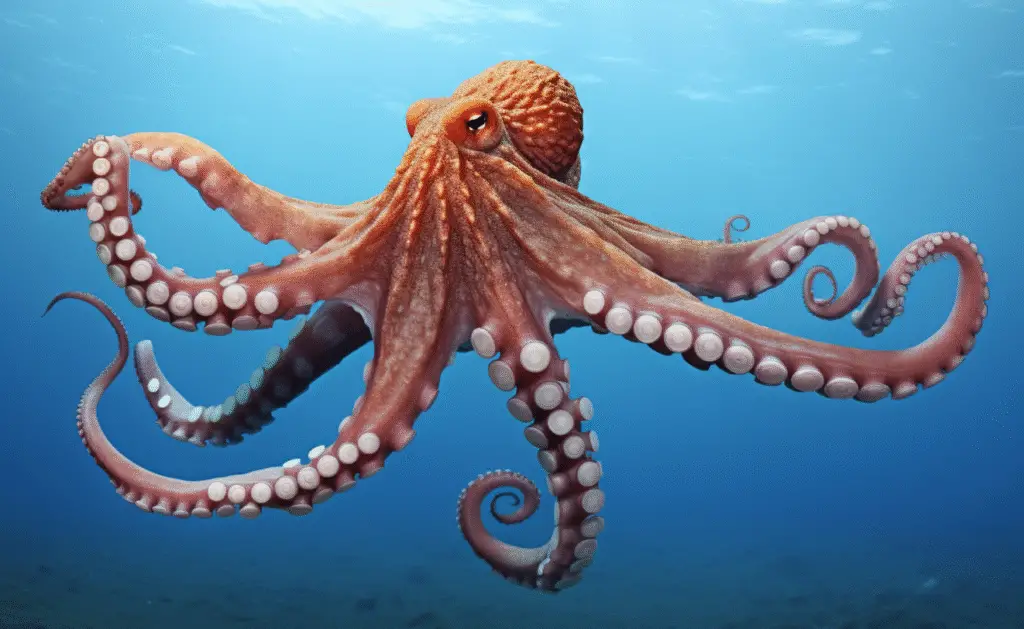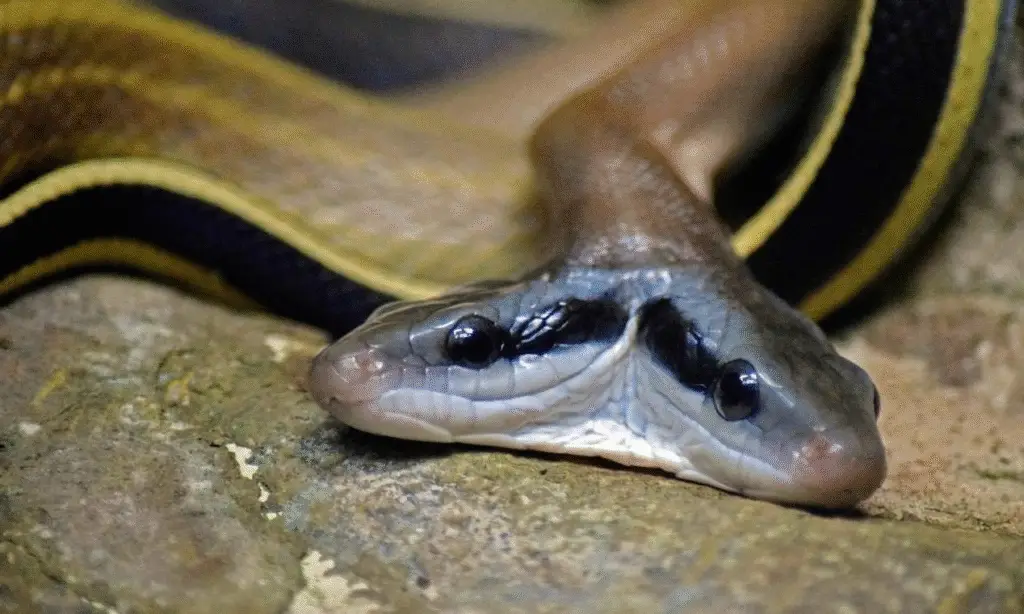Two-Headed Animals: The Fascinating World of Polycephalic Animals

Have you ever wondered if the mythical creatures from ancient legends, like the Hydra or Cerberus, could have any basis in reality?
Well, believe it or not, animals with more than one head do exist in the real world.
These rare and mysterious beings, known as polycephalic animals, have fascinated humans for centuries.
From snakes to turtles, and even cats and cows, these creatures are born with a condition called polycephaly, which means having more than one head.
But what causes this condition, and can these animals live normal lives?
Let’s dive into the fascinating—and sometimes heartbreaking—world of polycephalic animals.
What Are Polycephalic Animals?
Polycephaly is a congenital condition where an animal is born with more than one head.
The term comes from the Greek words poly (many) and kephalē (head).
While it’s often depicted in myths and folklore, in reality, it’s not a natural trait of any species.
Instead, polycephaly is a birth defect that occurs when an embryo doesn’t split completely during early development.
Normally, when an embryo splits, it results in identical twins.
But if the split is incomplete, it can lead to two heads sharing a single body—or even two bodies partially fused together.
Snakes and turtles are the most common animals to be born with two heads, but it can also happen in lambs, pigs, and, on rare occasions, dogs and cats.
It’s a condition that’s as mysterious as it is rare, with no known naturally occurring species that are polycephalic.
Every case is an anomaly, a quirk of nature that leaves scientists and animal lovers alike in awe.
The Science Behind Polycephaly
So, what causes an animal to be born with two heads?
It all comes down to a glitch in the early stages of embryonic development.
When an embryo begins to split into identical twins, it’s supposed to divide completely.
But sometimes, that process stalls. Instead of forming two separate individuals, the embryo only partially splits, resulting in two heads on a single body.
This is similar to how conjoined twins form in humans.
Scientists aren’t entirely sure why this happens, but it’s thought to be a combination of genetic factors and environmental influences, such as exposure to chemicals or radiation during pregnancy.
According to Dr. Alaina Macdonald, a veterinarian who has studied such anomalies, “These pregnancies often result in early loss,” highlighting the rarity of live births in these cases (Huron County Museum).
Fossil evidence from China’s Yixian Formation shows a two-headed reptile from the Early Cretaceous period, proving that this condition has existed for millions of years (IFLScience).
The Harsh Reality: Life with Two Heads
You might think having two heads would be an advantage—double the senses, double the fun, right? Unfortunately, it’s not that simple.
Polycephalic animals face significant challenges that often make survival difficult, especially in the wild.
For starters, their bodies are often misshapen, which can hinder their ability to move efficiently.
Imagine a snake trying to slither with two heads pulling in different directions or a turtle attempting to swim with an unbalanced body. It’s no easy feat.
Another major issue is the strain on their circulatory and nervous systems.
Since both heads share the same body, they must compete for resources like blood and oxygen.
This can lead to health problems, including organ failure or malnutrition.
In the wild, these challenges are even more pronounced.
Predators are quick to target animals that stand out or move awkwardly, and polycephalic animals are no exception.
Most don’t survive long after birth, which is why so many end up in sanctuaries or under human care.
It’s a tough existence, but it’s also a testament to the resilience of life.
Real-Life Stories of Polycephalic Animals
Despite these challenges, there have been several documented cases of polycephalic animals that have captured the public’s imagination.
Here are six remarkable stories, each highlighting the wonder and fragility of these creatures.
| Animal | Year | Location | Species | Outcome |
|---|---|---|---|---|
| Image the Kitten | 2000 | Bucks County, PA, USA | Cat | Lived 4 days |
| Two-Headed Black Racer | 2020 | Florida, USA | Snake | Taken to sanctuary |
| Perth Kitten | 2008 | Perth, Australia | Cat | Lived 1 day |
| Squirt and Crush | 2021 | South Carolina, USA | Loggerhead Turtle | Unknown, left to nature |
| Paris and Nicole | 2005 | Texas, USA | Bearded Dragon | Survived, sold to broker |
| Frank and Louie | 2000-2015 | USA | Cat (Janus) | Lived 15 years |
1. Image the Kitten (2000)
In Bucks County, Pennsylvania, a two-headed kitten named Image was born in 2000.
His owner, Sandra Pyatt, provided him with extra care, even turning down offers to buy the unique kitten.
“He’s not for sale,” she told a local newspaper, emphasizing her dedication.
Despite her efforts, Image only lived for four days. It’s a sad reminder of how fragile these animals can be.
2. Two-Headed Black Racer (2020)
In Florida, wildlife officials rescued a two-headed southern black racer snake from a family’s home.
These snakes are non-venomous and common in the region, but this one was anything but ordinary.
The Florida Fish and Wildlife Research Institute noted, “Two-headed snakes are unlikely to survive in the wild as the two brains make different decisions that inhibit the ability to feed or escape from predators” (A-Z Animals).
The snake was taken to a sanctuary, where it could live without the pressures of predation or competition.
3. The Perth Kitten (2008)
A two-headed kitten was born in Perth, Australia, much to the surprise of a local veterinarian.
One of its mouths had a cleft palate, but the other could eat, and both could meow.
Sadly, the kitten didn’t survive long, passing away the next morning due to fluid in its lungs.
These cases often end in tragedy, but they also show how nature can produce such incredible variations.
4. Squirt and Crush: Two-Headed Baby Loggerhead (2021)

During a sea turtle patrol in South Carolina, volunteers discovered a rare two-headed baby loggerhead turtle.
Named Squirt and Crush after characters from Finding Nemo, this hatchling wasn’t the first of its kind in the area—similar cases were reported in 2017 and 2019.
Like all baby turtles, it had to make the dangerous journey from its nest to the ocean, facing predators and other hazards along the way.
Conservationists couldn’t intervene, leaving its fate to nature.
It’s a stark reminder of how even the rarest creatures must fight for survival.
5. Paris and Nicole: Two-Headed Bearded Dragon (2005)
Bearded dragons are popular pets, and in 2005, one born in Texas made headlines for having two heads.
The odds of a bearded dragon surviving with this condition are about one in 25 million, so this was truly a miracle.
The lizard’s owner, Tony Rowe, knew it needed special care to survive.
“If someone unfamiliar with bearded dragons had treated it as a normal hatchling, it would have died,” he told the Houston Chronicle.
Thanks to his efforts, the lizard thrived and was eventually sold to a broker.
It’s a rare success story in a world where most polycephalic animals don’t make it.
6. Frank and Louie: Two-Faced Kitty (2000-2015)

Perhaps the most famous polycephalic animal is Frank and Louie, a cat born with two faces in 2000.
Unlike many others, Frank and Louie defied the odds, living a long and happy life.
He had two noses, three eyes, and whiskers on both sides but no other birth defects.
His owner, Marty Stevens, described him as “loving and friendly,” and he even made it into the Guinness Book of World Records as the longest-living two-faced cat.
Frank and Louie passed away at 15, leaving behind a legacy that continues to inspire awe.
Recent Cases and Scientific Insights
Polycephaly isn’t just a thing of the past; it continues to occur today.
In 2024, a two-headed calf made headlines on social media, captivating audiences worldwide (IFLScience).
While these animals often face significant health challenges, their existence brings attention to the wonders of nature’s anomalies.
Scientifically, polycephaly has been studied for its implications on developmental biology.
Researchers have found that this condition can provide insights into how embryos develop and how genetic mutations can lead to such dramatic physical differences.
Fossil evidence, such as a two-headed reptile from the Early Cretaceous period, shows that polycephaly has been part of Earth’s history for millions of years (Ripley’s Believe It or Not).
Personal Reflections
As I delved into the world of polycephalic animals, I couldn’t help but feel a mix of awe and empathy.
These creatures are living proof of nature’s ability to surprise and challenge our understanding.
While their lives are often short and filled with struggles, they remind us of the beauty and complexity of life on Earth.
Each case, whether it ends in tragedy or triumph, adds to the rich tapestry of our natural world.
It’s also fascinating to think about how these animals have inspired myths and legends throughout history.
From the Hydra of Greek mythology to the three-headed Cerberus, these stories might have been born from ancient observations of real-life polycephalic animals.
In a way, they bridge the gap between fantasy and reality, showing that sometimes, truth is indeed stranger than fiction.





